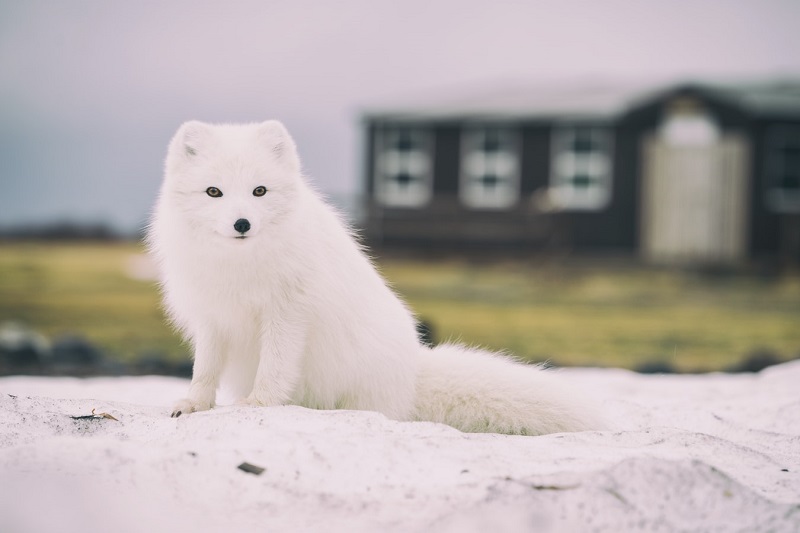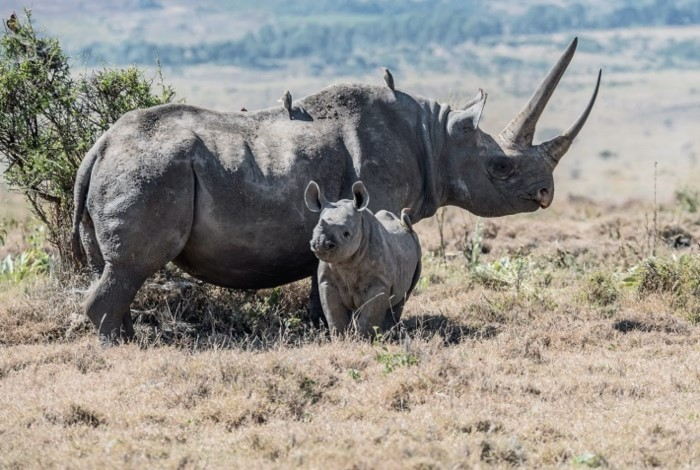Many human activities are endangering and destroying wildlife. From habitat destruction, illegal wildlife trade, and hunting, many diseases spread to the general invasive human impact on the climate. Global warming has made an extreme change in wild habitats and nature, which is affecting the whole planet. Fortunately, technology has helped many scientists, conservationists, and even the general public in wildlife conservation with the advantage of knowledge.

We now have many opportunities to better understand animals, their natural habitats, and the threats they might be subjected to. Technology is a double-edged weapon, it can be detrimental to our planet, but if used correctly, it is the only way that can really make a difference and offer help in conserving wildlife. If you are wondering how, here are some ways that explain how technology is offering a great source of help in wildlife conservation.
How Technology is Helping in Wildlife Conservation
1. Affordability
In the past, acquiring enough information and collecting data was extremely hard and expensive. It wasn’t possible to easily learn more about nature and our world. Consequently, we didn’t have enough sources of information to learn how to conserve it. This is completely changed now thanks to technology.
Since technology has reduced the costs of collecting data, increased portability, and provided scientists and researchers with synthesis tools such as visual and acoustic sensors, discovering more about the world has become much easier.
Nowadays, there are many available methods that can greatly help such as DNA sequencers, online mapping platforms, and many apps for sharing information and pictures. These tools make it more affordable and possible to access, collect, organize, and convey helpful information.
2. The Power of Understanding
Technology might have gifted humanity with many tools and innovative ideas, but the greatest gift it provided humans with is the power of understanding. For example, we now have the option to install camera traps in trees that send images in real-time which by extension helps greatly in documenting the presence of elusive wildlife.
The working principle of this device depends on a sensor that gets triggered by any movement and takes pictures. There are many other monitoring devices such as automated bioacoustics devices that get triggered by noise.
There is also a unique way of detecting a species’ presence through portable field labs that help in detecting and analyzing. There are also aeronautical services available that provide the option of surveillance.
Think of choosing the right system that is suitable for carrying out this kind of surveillance, and go further in understanding and learning more about these devices and how they can benefit animal natural habitats. Being able to study and assess the animals without disturbing them is becoming more and more plausible because of such options. Without technology, we would not have these devices, let alone the knowledge to use them.
3. PIT Tags
Technology has helped us in reaching a very important device, Passive Integrated Transponders (PIT) device. This can offer help in tracking the movement of many species including terrestrial, aquatic, and airborne species. The working principle depends on inserting tags that come so close in its function to microchips in animals.

The tracking of American eel migration is a great example of how these devices can help. CWF researches managed to track eels at different stages of their migration journeys which helped in determining the types and number of eels that managed to survive and which barriers were hard to pass.
4. Radar Technology
The migration process for many species is extremely complicated and difficult to track as they migrate thousands of kilometers. Thanks to technology, detection location, and ranging are now possible with radar technology.
These innovative devices can help in providing enough information about migratory flights. Information includes timings, directions, and even wing beat patterns for different species. This makes their movements more predictable which consequently gives an opportunity for biologists to have a better understanding of these species.
5. GPS Tracking
Another tracking invention that has greatly helped scientists, researchers, and biologists in learning more about animals and their natural habitats is GPS tracking. This technology mainly offered a great deal of help in studying and monitoring endangered species.
This helps specialists learn more about the different ways they can save different species. However, sometimes GPS tracking fails due to the size of GPS tags. When they are too big to be inserted in certain species, radio tracking can be used alternatively as the next best option.
Technology did not only help in wildlife conservation, but it is also a great source of support for those on the front lines. The number of rangers and wardens currently comes close to 300,000 people. The different tools developed and invented thanks to technology has offered a second chance for humans to redeem what they have done to nature. Our part mainly consists of learning more and educating ourselves to be able to undo our harmful impact and lead the way to a safer and healthier world.



















